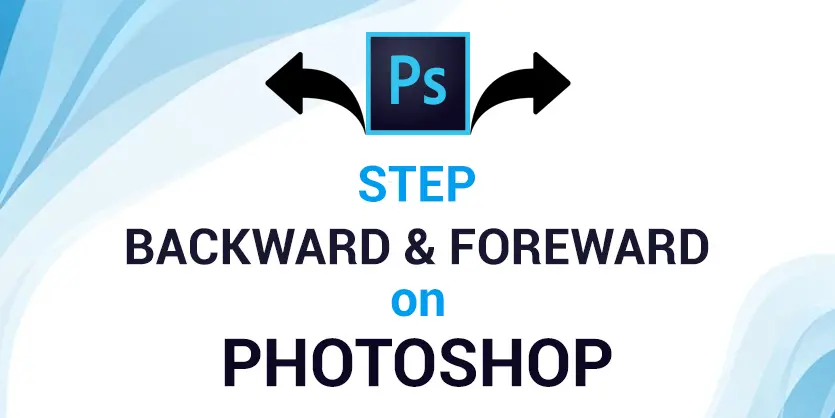The Power of Backwards
There’s no need to worry about Photoshop’s forgiving nature. You can get back out almost instantly anything you do, which is many important, especially when you’re getting the hang of things.
It’s possible to retrace your steps via the Undo command, among other options. Just choose Edit → Undo or press (Ctrl + Z) or Command-Z. You can undo the last edit you made with this command.
If you need to go back more than one step, use the Step Backward command instead: Choose Edit → Step Backward or press Option-Command-Z (Alt + Ctrl + Z). You can undo 50 things at a time with this command, straight from the factory. As explained in the next section, it is also possible to go back even further by modifying Photoshop’s preferences. You can also step forward through your editing history by choosing Edit → Step Forward or Shift-Command-Z (Shift + Ctrl + Z).
Changing how far back you are allowed to go
If you are worried that you might need to go back more than 50 steps in the future, you can set Photoshop to remember up to 1,000 steps by editing its preferences. The steps are as follows:
i. Choose Photoshop → Preferences (Command-K) or (Ctrl + K) →Performance (Edit → Preferences → Performance on a PC).
ii. You can choose how many steps Photoshop should remember in the History States field of the Preferences dialog box.
There is a range of numbers between 1 and 1,000 for this field. It may help you sleep better to increase the number of history states in Photoshop, but it means Photoshop has to keep track of that many more versions of your document, which takes more hard drive space. As a result, if you increase this setting and the program suddenly runs slow or you are running out of hard drive space, you might want to try lowering it.
iii. When you have finished, click OK.
With the history panel, you can go back in time
By selecting the Undo and Step Backward commands you can go back one change at a time, but not revert to previous states; however, the History panel opens up a range of possibilities and lets you go back several steps at once (You can see as many history points as you want in the History panel). It’s quicker to undo changes if you use the History panel, and it shows you exactly what tools you used and what menu items you selected.) in chronological order from top to bottom, letting you pinpoint the exact state you want to jump from back to. Also, you can take snapshots of an image during the editing process so you can jump back to the state you want at any time.
After you make a few changes to an image, pop open the History panel by clicking its button or by choosing Window → History. After you do that, Photoshop displays a list of the 50 most recent things you did with the image, including opening it. You can jump back in time by clicking on the step you want to go back to, and Photoshop will restore the image to the way it looked at that point. Taking a step back further than you intended is as simple as clicking the more recent one in the list.
Activate the Automatically Create New Snapshot When Saving option in the dialog box that appears when you click Save. If you click on one of these saved-state thumbnails, you will be able to jump back to the last saved version of the document. You can mark key points in the editing process by snapping snapshots of an image as you go. A snapshot shows you both the preview of your image and all the edits you have made. Consider snapshots as milestones in your editing process: Take a snapshot when you reach a point where you may want to return to the document and you’ll be able to access it easily. At the bottom of the History panel, you will find the camera icon. Click it to take a snapshot. Snapshots appear in Photoshop just below the thumbnails of the saved state. You can take snapshots in the order they appear in the list.
And there we have it! Please leave a comment, share it, and subscribe to our site if you found this information useful. Also, if you have any questions about any aspect of graphic design, don’t hesitate to ask. We’d be delighted to hear from you and respond to any queries you might have.



